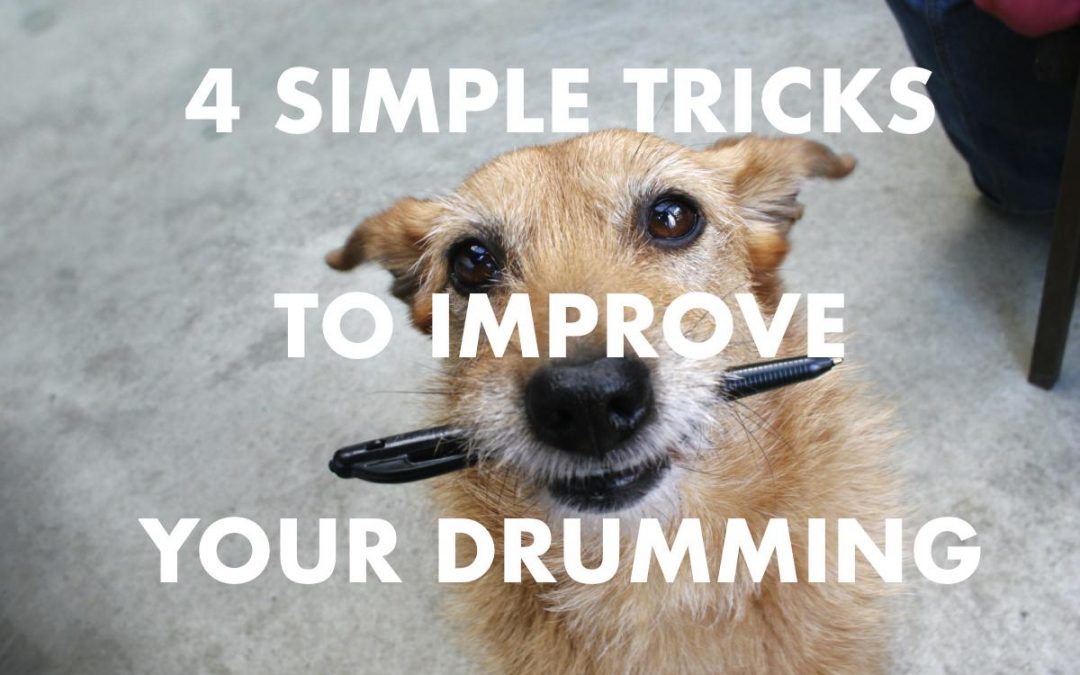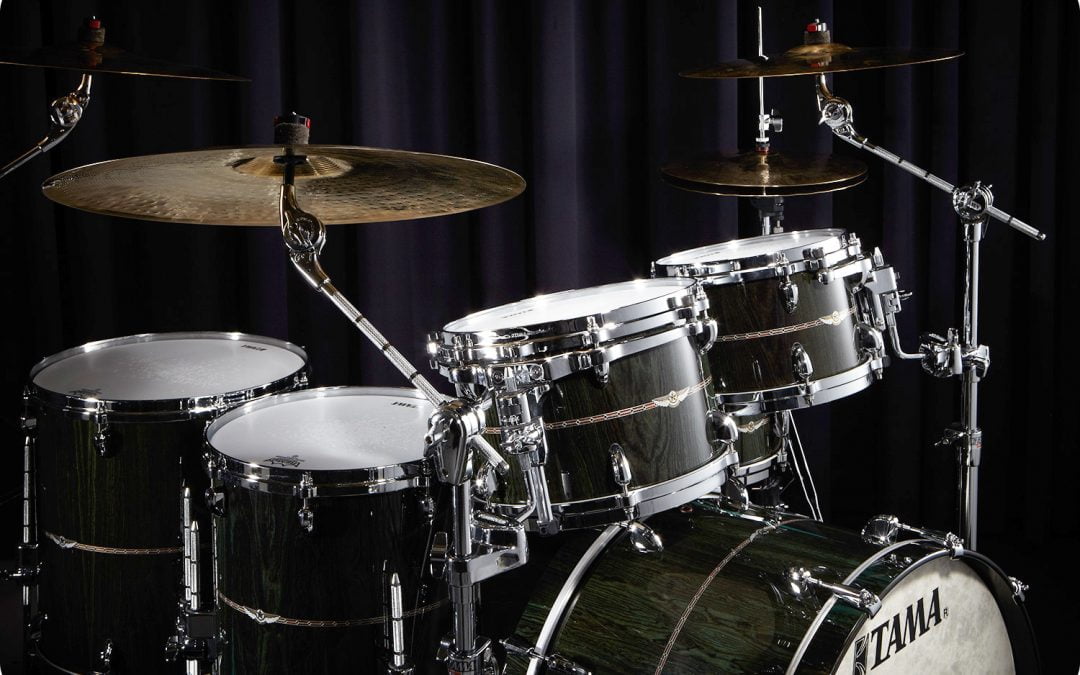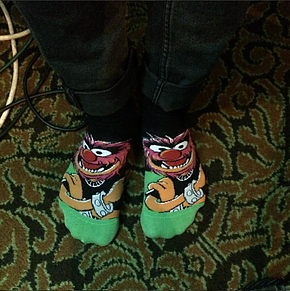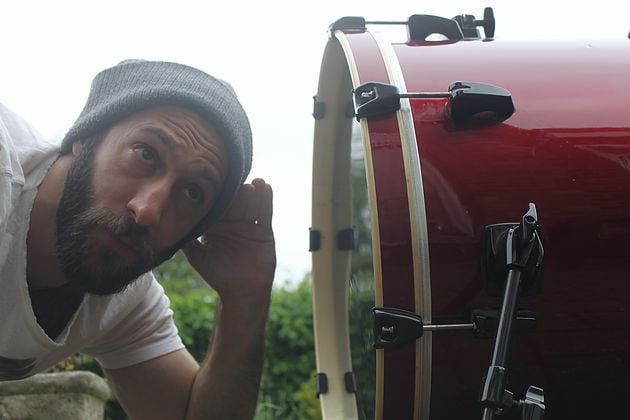
4 Simple Tricks to Improve Your Drumming – FREE DOWNLOAD
Summary
Becoming a better drummer requires time, so making the most it is crucial to improve your drumming, whether it’s 15mins or 2hrs per day. Planning is the one simple, and easiest, trick to do this.
You can download the FREE “How To Get Better” Pack at the end of the article.
Introduction
I’m constantly striving to become the drummer I want to be. Depending on my schedule, I generally sit down to practice for 2 hours, 5 days a week. However, since I started being more organised and focused through planning, my drumming has improved exponentially. It is the one simple, and easiest, trick to improve your drumming. It’s possibly the most overlooked, and you don’t even have to be sitting behind the kit to do it.
So, let’s have a look at these 4 simple tricks to improve your drumming.
1. Planning
Surely you’ve heard the maxim “fail to plan = plan to fail”, right? If not, you’re welcome! As previously mentioned, this is possibly the most overlooked aspect of improving your drumming.
Benefits
- Gives you a sense of direction
- Helps you to set goals*
- Target areas of development
- Lets you measure and review your progress
All of these benefits surely make it worth spending a few minutes periodically going over your plan and to review and reflect on your progress and celebrate your achievements.
Bonus tip #1: keep a practice log / diary.
* Make sure your goals are SMART (Specific, Measurable, Achievable, Relevant, Time-bound)
Fun
If is so beneficial to help improve your drumming, why is it so overlooked? I don’t know, but my guess is that people perceive it’s not part of the fun; that it’s time away from playing.
Let me try to change your mind about it! Fun is involved in two significant ways:
- Short-term: You incorporate fun to your regular routine, for instance by playing along to songs you like, and apply some the skills you’ve been developing to these
- Long-term: Think that, as you become a better drummer, you’ll get to do more fun stuff down the line (i.e. play more of the songs you like / more complex songs, or play more complex grooves and fills)

Billy Rymer, one of my favourite drummers, playing through “When I Lost My Bet” by The Dillinger Escape Plan from their “One Of Us Is The Killer” album.
2. Slow
Going slow acts like magnifying glass. The slower you go, the more you’re able to hone in on your time and develop the right motions to achieve better results. Depending on the exercise, starting at 60BPM is always a good place to start. If you want to go deep, try 40BPM.
3. Motion
If you’re stuck with certain exercises, learn to isolate and practice motions that allow you to perform tasks faster and more accurately. Break down these movements and create lessons out of them. See Example 1 below.
Example 1 – Single Paradiddle Here, for instance, we break down a Single Paradiddle into a control exercise for down strokes and tap strokes for each hand. The aim would be to work on controlling stick in catching it at an appropriate distance from the pad / drum following the downstroke, as well as controlling rebound strokes when playing the tap strokes.

Bonus tip #2: Don’t think of this as a waste of time, developing these motions will help you and positively affect your general playing.
4. Patience
Results don’t happen over night, so be patient and enjoy the journey. Stay on the same tempo until you’re comfortable enough to increase it, doing so in increments of 2 or 5 beats per minute.
Bonus tip #3: If you don’t already have a metronome, get yourself one! I really like Tempo Advance by Frozen Ape.
Conclusion
I hope this has been insightful and useful. Please make sure you download the FREE “How To Get Better” Pack below to help you get organised to improve your drumming and become a better drummer.
Don’t forget
Follow me on Facebook, Instagram, Twitter for more content.
Receive £5 off your first lesson when you subscribe to my Newsletter (see the footer of the home page).
Head over to the lovely folks at Bell Percussion for all your drum gear needs and wants!


















